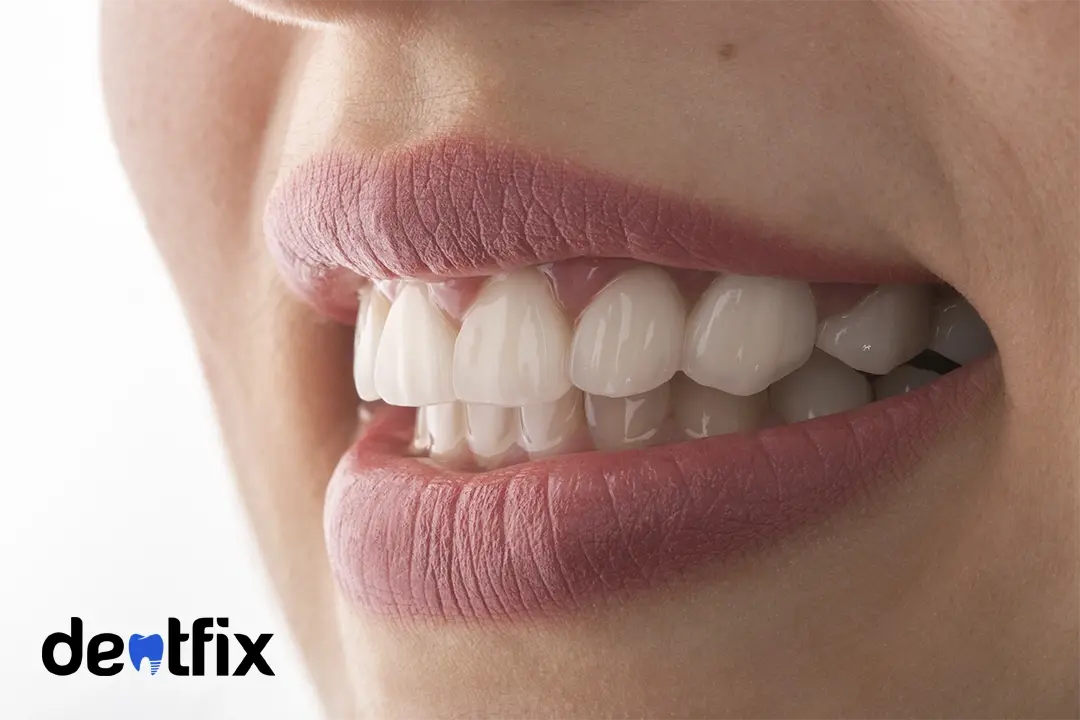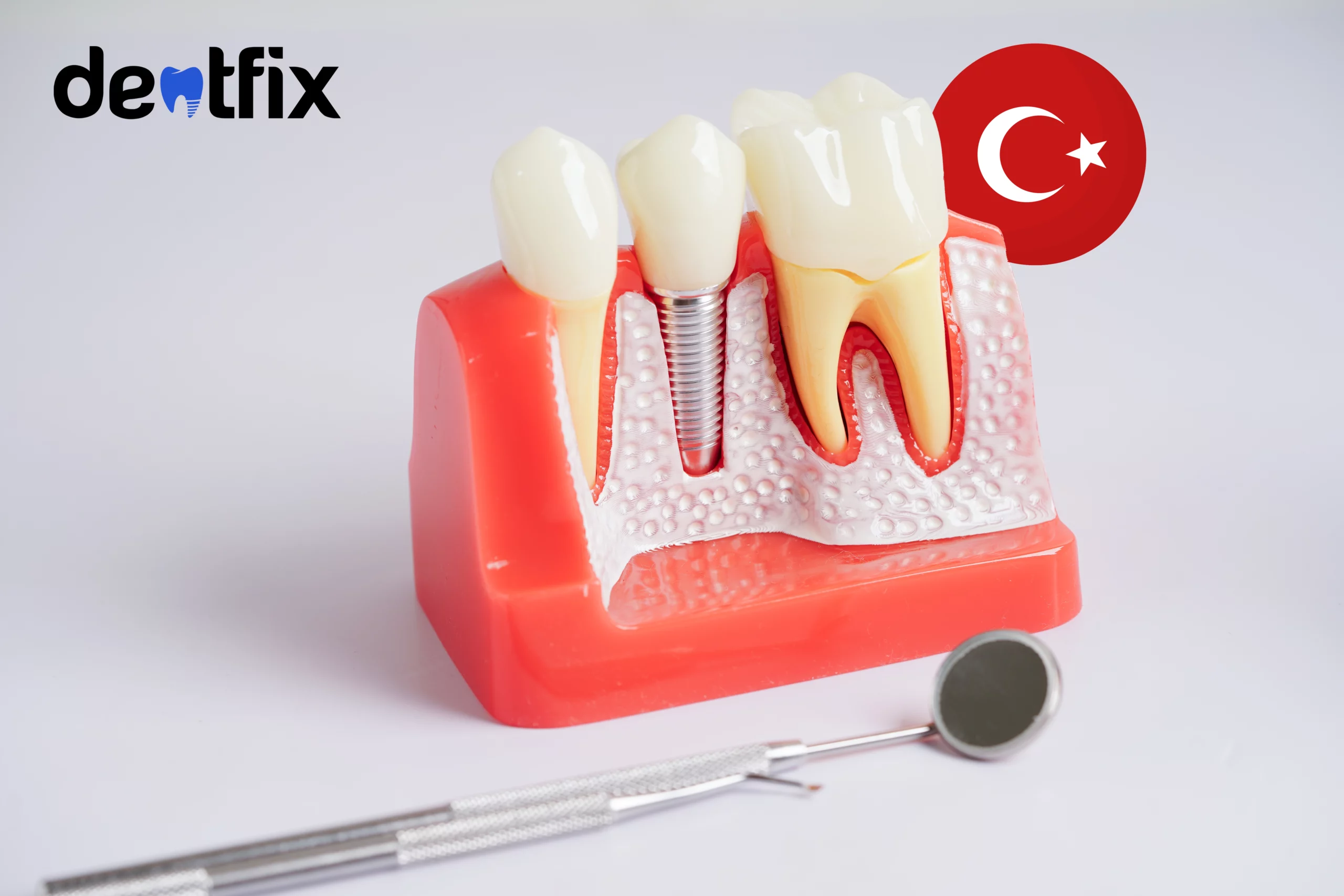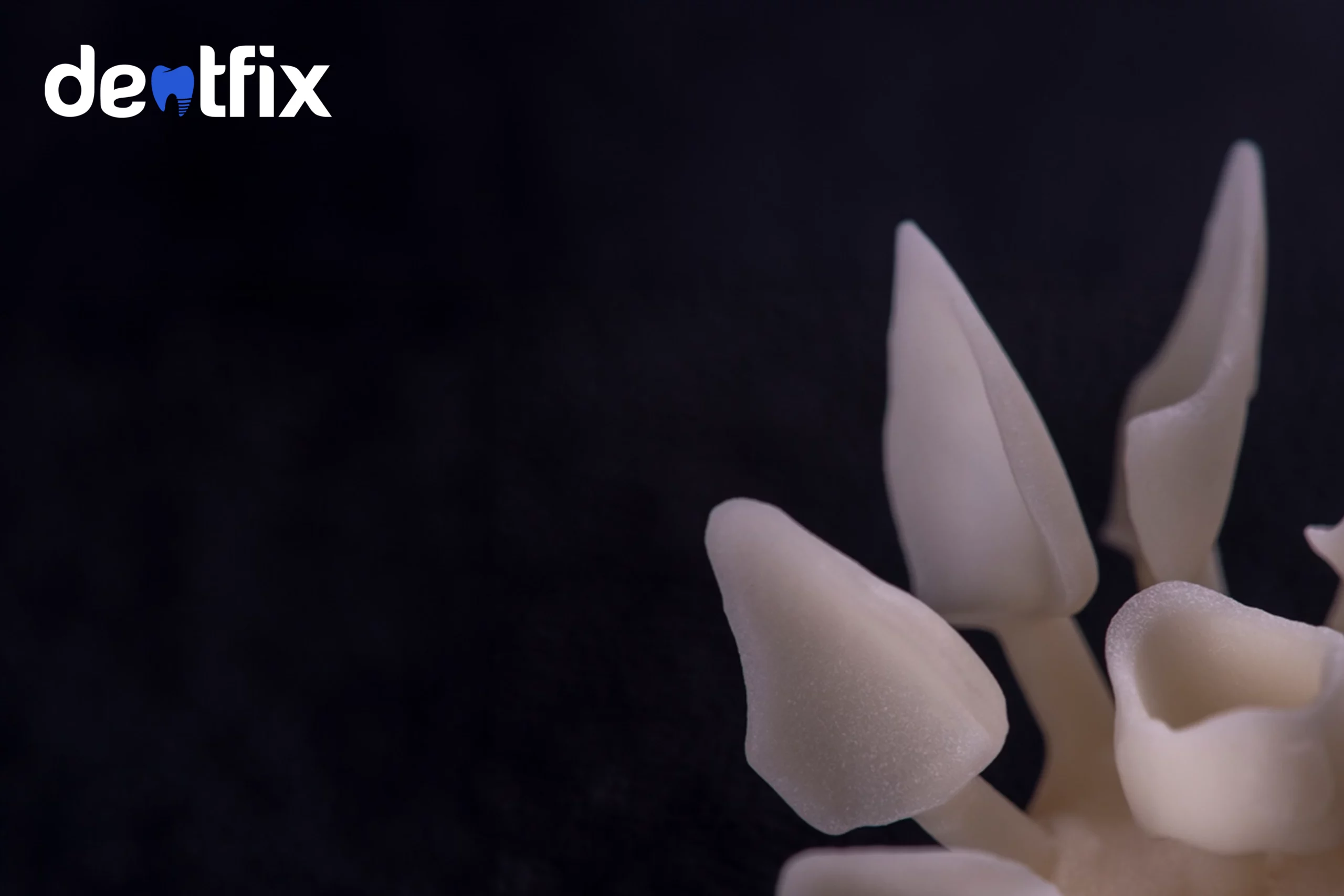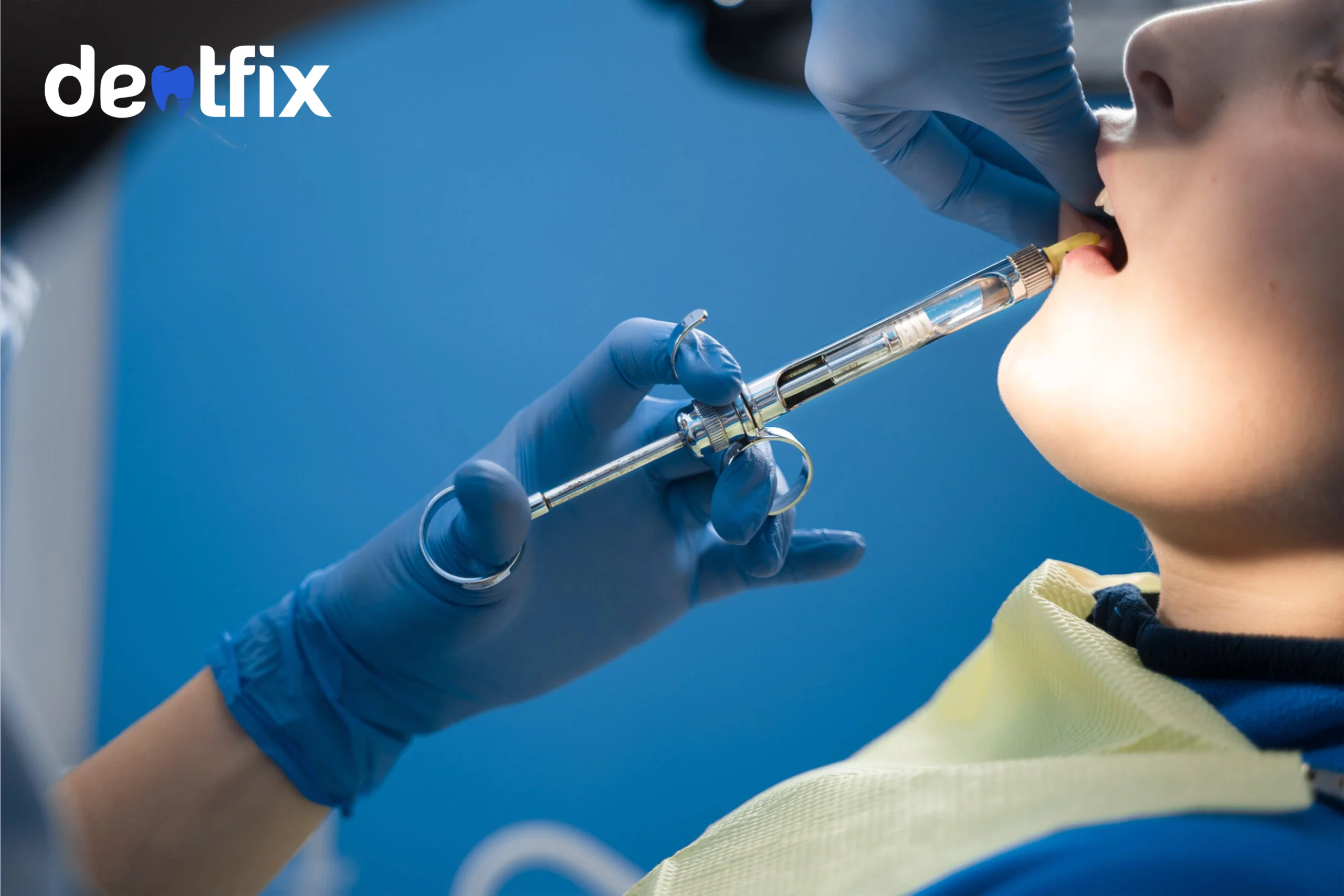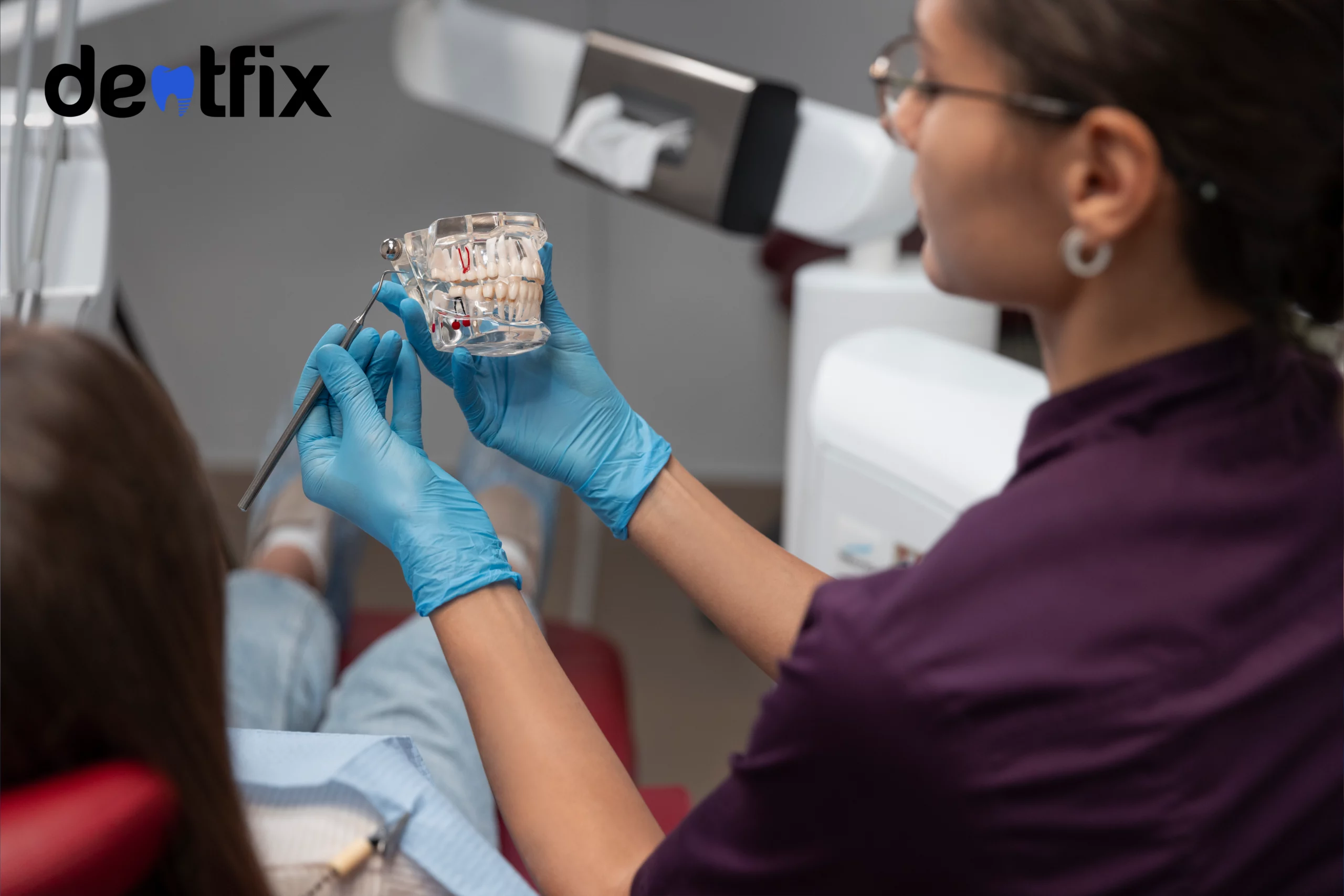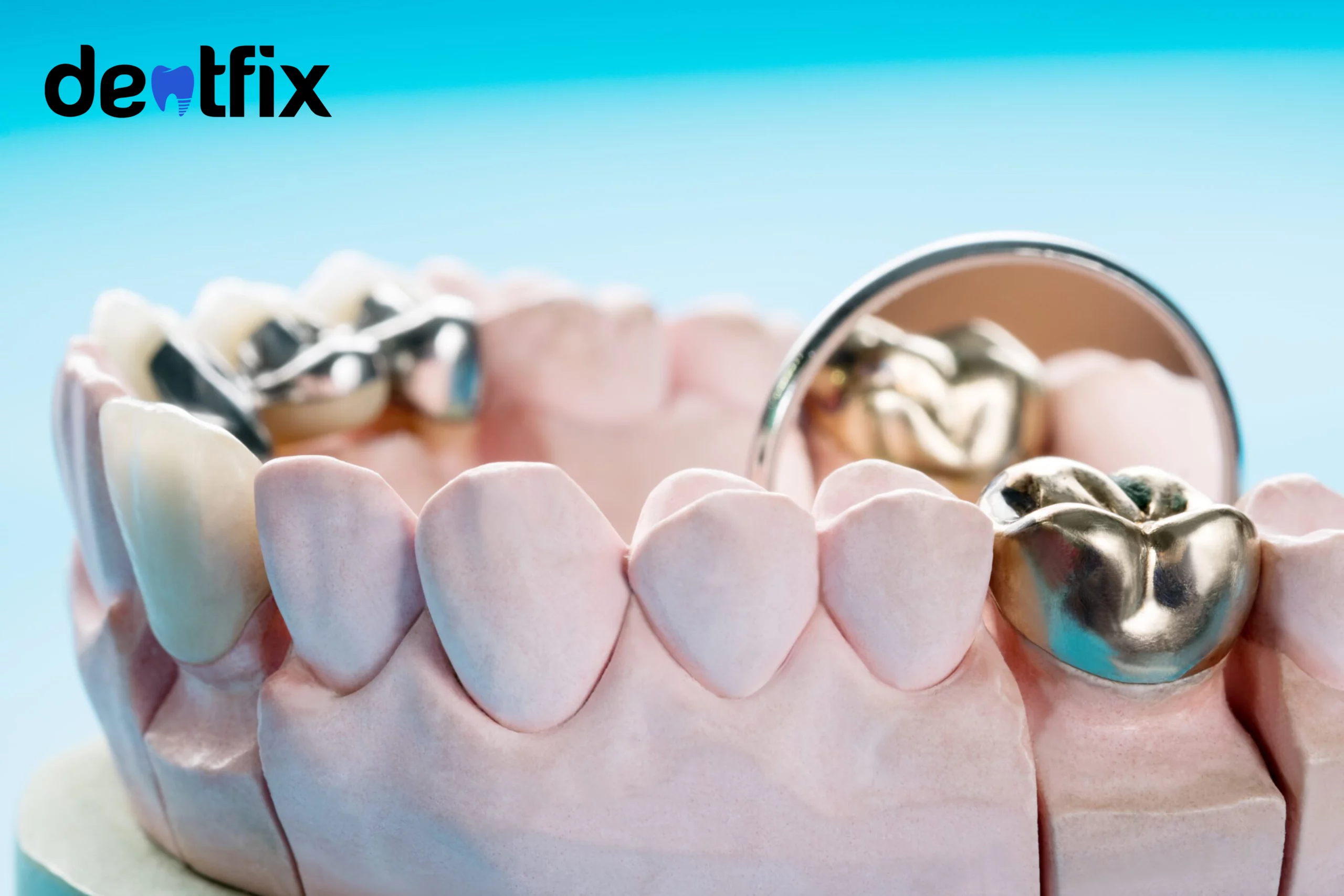Chapter 1
Teeth whitening. Welcome to our guide into the world of teeth whitening created by our dentist, Dr. Cevahir Taşkın. Dental whitening, also known as teeth bleaching, is the least invasive and most requested treatment of all. Despite this, it seems right to introduce you to a complete guide able to make you understand every single aspect of the procedure. In this first chapter on teeth whitening, he will give you a general understanding of the treatment. This will be your general introduction.
Although throughout the guide we will mainly talk about professional dental whitening, performed in a dental office, in future chapters we will also talk about the types of whitening present on the market, professional and not. We will also talk about the procedure, the prices, and the details that may be of interest to people who want to get dental whitening in Turkey.
Teeth whitening, also known as teeth bleaching, is a cosmetic dental treatment allowing patients to remove surface stains thanks to a chemical bleaching agent meant to be used on teeth. Despite the term “bleaching agent” seeming scary, this is one of the most performed and safest procedures you can get at the dentist and the perfect solution for a whiter smile. Also, it’s painless and one of the quickest in-office treatments.
At the end of this complete guide, we will be sure you know everything there is to know about teeth whitening and you can make an informed decision. And if not, we are always available to ask more questions in private.
So, let’s start with the guide.
What is teeth whitening?
Teeth whitening is a cosmetic treatment involving the removal of teeth stains by using a bleaching chemical agent. This bleaching agent is potent but still very safe and meant to be used on teeth, more precisely teeth with surface stains, yellow teeth, brown teeth, etc.
Teeth whitening bleaches your teeth until they reach a lighter color. It has an extremely light exfoliating effect on the tooth and the stains on top of it. This is how it’s possible to lighten the color. Despite some advertisements, it’s not possible to obtain a pearly blinding white smile in every single case. However, a major improvement can always be reached according to the patient’s situation. For example, intrinsic staining – stains under the first layer of the tooth – cannot be removed. Meanwhile, extrinsic stains – surface stains – can be easily removed with whitening.
According to FDA rulings, the term “bleaching” is only allowed when it’s possible to whiten the teeth beyond their natural color. So the “bleaching” term applies only to products containing bleach. Usually, it contains hydrogen or carbamide peroxide. All the other methods have to be referred to as “whitening”, for example when they involve a thorough cleaning of the teeth surface. To a certain degree, even toothpaste can be referred to as a “whitening product”. So, the difference between teeth whitening and bleaching is in the power and the product used, and the results you can achieve.
However, since the term “bleaching” is often scary and can create confusion, the procedure is always referred to as “whitening”. From now on we will also be referring to it as teeth whitening.
If you want to understand if your stains can be removed with whitening, get in touch with cosmetics dentists and they’ll know if it’s possible or not.
Who does teeth whitening and where can I get teeth whitening?
In recent years, more and more businesses are promoting teeth whitening. The problem is that many times the businesses promoting this treatment are beauty centers and salons. This is not allowed and it is illegal. Dental whitening must always be performed in a dental center, by a professional, a dentist who knows the structure of the tooth and the whitening materials used.
Please, be aware of any other person other than a dentist performing this medical procedure. You may be in danger.
Is dental whitening bad? Will it create damage?
The teeth whitening treatment is completely safe and does not damage the teeth or tooth enamel. If done correctly and by a professional, there will be no problems in any way. See, professional whitening makes all the difference. However, the teeth whitening process should not be taken lightly.
The problem arises when patients take the dentist’s advice lightly. Treatments – at home or at the dentist – performed incorrectly or too frequently (more than twice a year) lead to problems with dental enamel and damage. This leads to a vicious cycle in which more and more spots will be created and there will be this neverending need in the mind of the patient for more and more treatments. Dental professionals should not perform these treatments more than twice a year. This ultimately leads to tooth corrosion and a number of problems that can result in invasive and expensive treatments. For example, veneers cover and protect damaged teeth, but they may be expensive so it shouldn’t come to that.
Can teeth whitening get rid of braces stains?
Yes, sure! When braces are removed, there may be spots – mostly white but also yellow or brown – caused by the accumulation of food, bacteria, tartar, or metal scratching the surface of the tooth for a long time. Also, brushing your teeth when you have braces is not extremely easy so you may skip a few places. Teeth whitening is one of the most common methods to remove these stains and to get a spotless and dazzling smile. If you noticed some spots or stains after you got rid of your braces, get in touch with a dentist!
Should I get my teeth cleaned before whitening?
Yes, you should do a dental cleaning before teeth whitening. But why? Because food debris or tartar accumulated over time is formed around the tooth and crevices of your oral cavity. This dirt or debris can make teeth whitening difficult. This is because the whitening agent may not reach the entire surface of the tooth due to the debris. A dental cleaning before a whitening ensures a precise and complete whitening. So we urge you to book a cleaning before whitening to make sure you’ll get a successful procedure.
How often should you whiten your teeth?
Generally, it is recommended to get professional teeth whitening one to two times a year. This number should not be exceeded to avoid sensitizing or damaging the tooth. Patients often tend to want increasingly whiter teeth and ask for more and more dental treatments, even once a month. This is not recommended at all. We set the recommended limit at twice a year.
Who is a good candidate for teeth whitening?
For those interested in a tooth whitening treatment, it will be important to know who is the ideal candidate for this procedure. This will help to understand who can safely get the treatment and what are the achievable results. It’s also important for patients and dentists to discuss together what’s possible to achieve with this treatment and when you should avoid it.
So who’s a good candidate?
- Patients over 16 years of age
- Patients without particular dental sensitivity
- Women not pregnant
- Patients with a clear understanding of what this treatment can do
- Breastfeeding women
- Patients without intrinsic stains (deep stains)
- Patients with extrinsic stains (surface stains)
It is also necessary to keep in mind which type of stains is targeted with this treatment. Extrinsic stains, also called surface stains, are the stains present on the tooth surface. They are the most common and those that are targeted by the whitening treatment. They are usually caused by food, drink, alcohol, and smoking.
The intrinsic stains, deep stains, are those found within the dentine tissue. These cannot be targeted by the treatment cause they lay inside the tooth. The bleaching agent is not able to go inside the tooth, and it shouldn’t. For this type of stain, tooth whitening is not recommended and a restorative solution such as veneers is recommended.
Also, if teeth sensitivity is an issue, you may want to discuss this with your dentist. Sensitive teeth may get even more sensitive with the use of a bleaching solution.
Can I get teeth whitening while pregnant?
So far, there are no studies and tests that report side effects or possible dangers of teeth whitening on pregnant women or the fetus. For this reason, pregnant women can have teeth whitening done.
However, it should also be kept in mind that the American Dental Association, together with many other international dental associations, advises pregnant women to wait until after giving birth for teeth whitening. Usually while breastfeeding it is already possible to book a dental whitening without any problem. Breastfeeding seems to be the best period of time to get a whitening for a new mom.
Can you get teeth whitening with cavities?
Let’s take a step back. Although yes, it can be done, before worrying about the aesthetic part of a tooth, you must always take care of the health of the tooth. So, when it comes to dental cavities, the dentist will first have to treat the cavity and take care of them in detail. Subsequently, you will be able to handle all the aesthetic improvements you want knowing your mouth is in good health.
Can you get teeth whitening with crowns?
Yes, you can whiten your teeth with dental crowns. However, remember that it is not possible to whiten dental crowns. The crowns will always remain the same color. For this reason, it will be possible to whiten only your natural teeth and not dental crowns as well.
How old do you have to be to get teeth whitening?
Dentists usually agree the best age to get your teeth whitened is no earlier than 15-16 years of age. You should have all your permanent teeth in place and you should be old enough to understand the decision you’re making. Also, you should be ready to take care of your teeth properly to keep your pearly white smile.
Can you get teeth whitening with braces?
Absolutely not. First of all, you would only whiten your teeth in areas where braces are not present. Imagine dark and white chessboard-like teeth when you take off your braces. Also, whitening products can damage or change your braces. Just wait. When you have finished with the braces and they are removed, you can treat yourself to complete tooth whitening.
The history of teeth whitening
Have you ever wondered when the first dental whitening treatment was used? Well, you may be surprised by those who first started using whitening products. The ancient Egyptians. Yes, whitening concoctions date back more than 4000 years ago. Some methods may seem completely crazy but when you consider the science behind them, they are so ahead of their times and genius.
So, let’s check a brief history of teeth whitening.
Ancient Egypt
The ancient Egyptians were among the first to have a deep interest in the idea of aesthetics, eternal beauty, and youth. This led to the search 4000 years ago for something to keep white teeth, a symbol of wealth and beauty. Thus the first whitening product was invented, a paste made up of ground pumice stone and wine vinegar. Now if you think this is weird, it was actually a highly advanced product for the time and the first attempt to create a product that could solve the problem of stained, yellow or dark teeth.
Ancient Romans
If you think using wine vinegar and ground pumice stone wasn’t the most advanced – and safest – of treatments, read on. Even in ancient Rome, the idea of a dazzling smile was linked to the standard of beauty and wealth. However, the ancient Romans used urine as a whitening treatment. Yes, take a moment to read it again! In reality, however disgusting it may seem, the idea had scientific foundations. Urine contains ammonia, a naturally antibacterial and whitening agent. Where the ancient Egyptians used a physical scrub, the ancient Romans had found a chemical solution, albeit a natural one, by mixing urine with goat’s milk.
The Renaissance
The Renaissance was the rebirth of civilization after dark times and new aesthetic standards of beauty and harmony. Where do you go if you want a pearly white smile? At the barbershop, of course.
Before the birth of dentistry as a profession, the barber served as a dentist and barber. It wasn’t all that uncommon to see a dental extraction at the dentist or DIY teeth whitening methods. This dental treatment involved the use of a file to file the outermost part of the tooth and the use of nitric acid to chemically remove the stains. Needless to say, these methods led to permanent tooth damage and tooth decay. So while looking for a white smile you may sign up to black, rotting, decaying teeth in the future. How lucky!
You’d think that in modern times, we would stop doing dangerous and whacky treatments to our teeth ourselves. But no! Recently, filing your own teeth became a trend on social media, and we explain why you should absolutely not participate in it in our article.
From the 18th to the 20th century
In recent years there are finally great discoveries in the world of dentistry. Dental health is being taken more and more seriously. There are important breakthroughs in the area of prevention and treatment of dental disease. Hydrogen peroxide is found to have excellent effects on gum health and teeth whitening. The first time hydrogen peroxide was used was in 1884.
In 1918 it was discovered instead how the use of hydrogen peroxide gel with the use of a heated lamp leads to better results and a more marked effect. This becomes the most used way of whitening teeth until the early 60s when it is discovered that sleeping with teeth soaked in carbamide peroxide gel as an active ingredient leads to better results. This is where the idea of whitening trays as a dental whitening treatment began but it did not become widespread until the late 1980s. This is because more and more whitening trays manufacturers made this product and method of dental whitening extremely popular without an insane price tag.
Epple M, Meyer F, Enax J. A Critical Review of Modern Concepts for Teeth Whitening. Dent J (Basel). 2019;7(3):79. Published 2019 Aug 1. doi:10.3390/dj7030079
